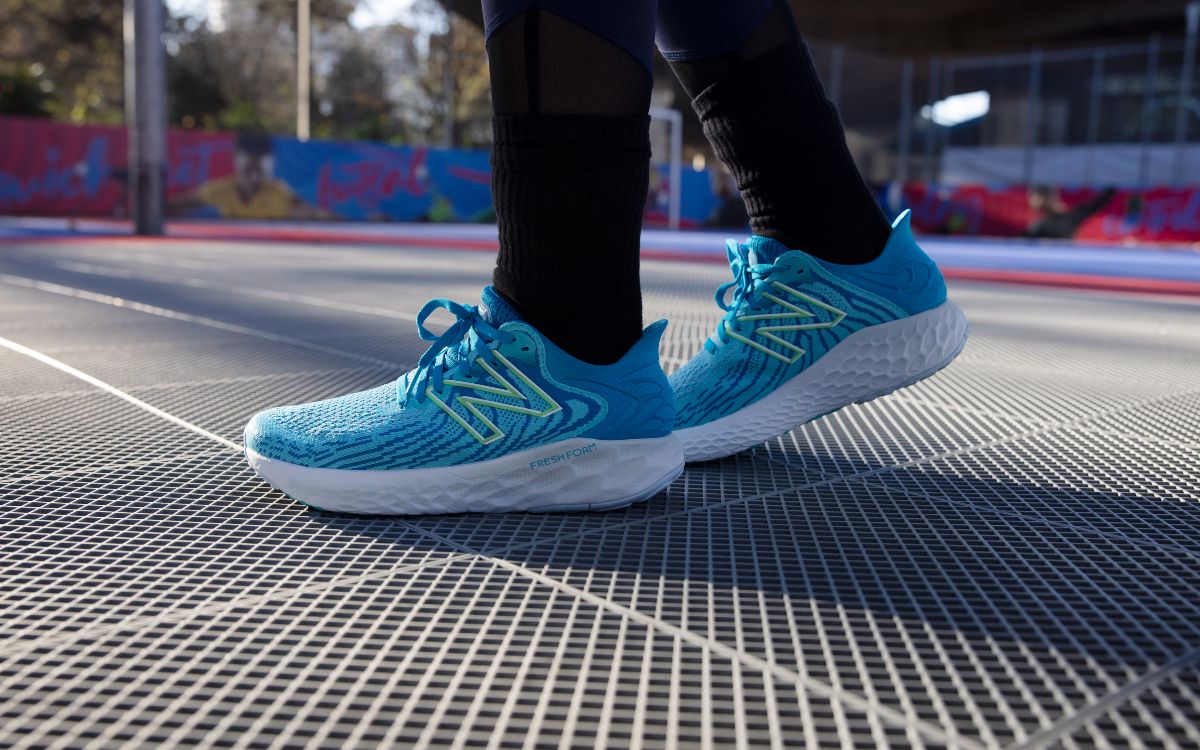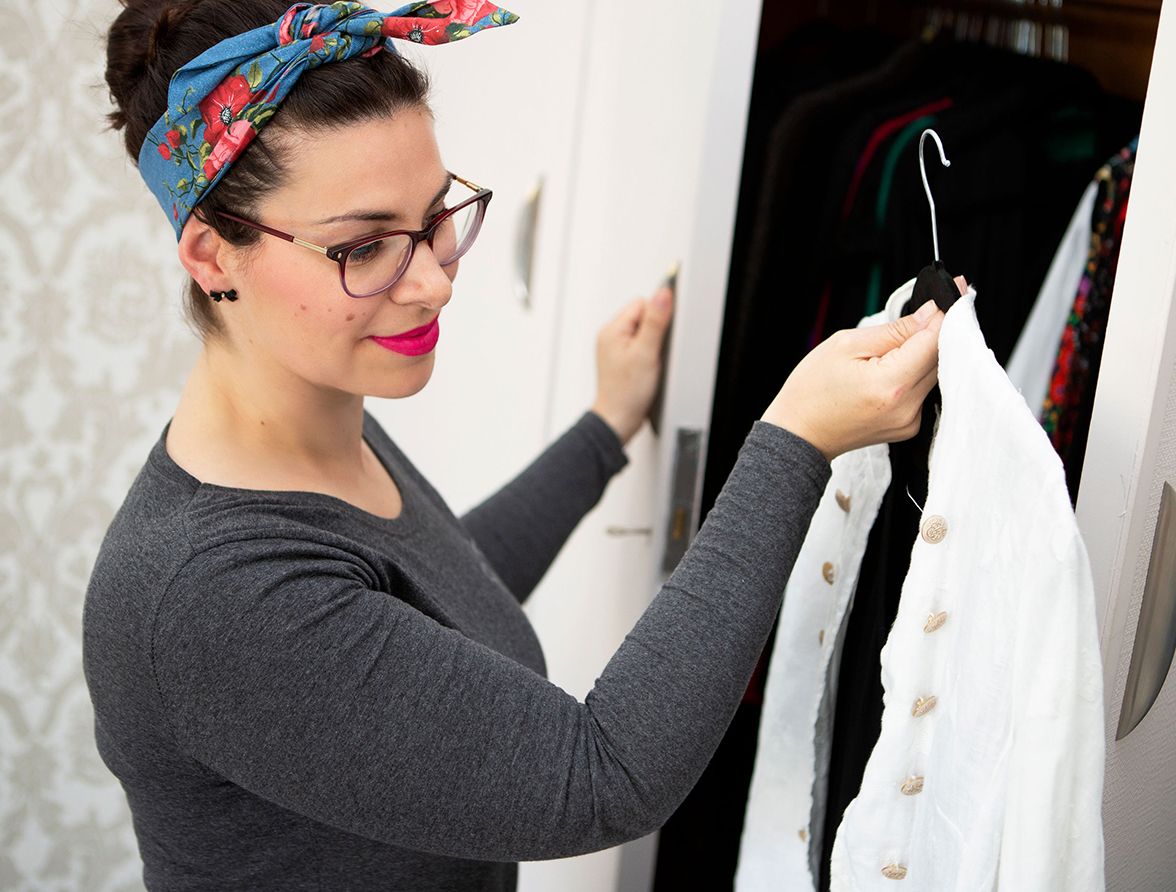How to choose the perfect trainers for any running style
Our expert guide will help you to find the ideal running shoe for you
What type of running gait do you have? It might sound like an odd question, but if you want to get the most out of running – and avoid any potential long-term injuries while you’re at it – then it’s important to know the answer. Luckily, it’s a relatively easy question to answer.
First out of the blocks… What exactly does ‘running gait’ mean?
In a nutshell, your gait is the way your body moves from one place to another. It’s developed right at the beginning of your life, when you start learning to crawl as a baby, and it can be incredibly distinctive to you. Have you ever had that feeling of recognising someone from a distance, just because of the way they’re walking or running? Yep, that’s because of their gait.
There are three main types of gait, each determined by pronation – the way that your foot lands on the ground when you move.
- Neutral pronation – when your foot makes total contact with the floor as you move. It will roll inward by about 15% to help your body absorb the shock of the contact.
- Underpronation – when the outermost section of your heel makes contact with the floor first, and your foot rolls inwards by less than 15%.
- Overpronation – when your foot rolls inwards by (you guessed it) more than 15% as it makes contact with the floor.
Why is understanding your running gait so important?
Running is a brilliant (and free) exercise that can give you a hit of happiness-boosting endorphins and help keep your wellbeing ticking over. While it doesn’t require any fancy or expensive equipment to get started, you will need a good pair of running shoes. And analysing your running gait will determine exactly what kind of support your feet require in order to help you maximise each run.
‘Gait analysis is individual to every runner,’ explains Emma Kirk-Odunubi, a qualified sports scientist, footwear specialist and gait analyst who has been in the running industry for more than a decade. ‘Understanding how you move at the ankles, knees and hips in unison will aid you in choosing the correct shoe. It will also help you with injury prevention and strength down the line.’
How do you work out your running gait?
To work out your running gait, and therefore what type of running shoe you should go for, Emma recommends speaking with a professional rather than just buying a shoe because you like the look of it
‘You wouldn’t choose the same glasses prescription as a friend of yours, so don’t choose a shoe just because they have it,‘ she advises. ‘Be sure to get yourself analysed by an expert at an independent retailer to choose the best shoe for you and your needs.’
As well as speaking to a professional, there are also a couple of quick tests you can do at home to give you an idea of your gait. One of these is to examine the soles of your current running shoes (if you have some). If the wear of your shoes is mostly concentrated on the inside edge, then you might be running with overpronation, while if most of the wear is on the outside edges of the shoe, then you might be running with underpronation.
You can also try the ‘wet foot’ method, which basically involves wetting your foot and then making a footprint on a piece of cardboard or paper. If you run with neutral pronation, you’re likely to see around half of the arch of your foot in the print. If you run with underpronation then you might see just your heel, the ball of your foot and a thin outline of your foot. While if you run with overpronation, you’re likely to see most of your footprint. Pro tip: be sure to bend your knees while making your print, to help improve the accuracy of the test.
The fun part: choosing your shoe
At last: it’s time to find the perfect trainer to match your running type. Below we list shoes that match all three of the main types listed above,
If you run with underpronation, you might want to go for a neutral-cushioned shoe. If you run with overpronation, meanwhile, go for a stability or motion-control shoe. It's worth noting that if you run with neutral pronation then you can wear pretty much any running shoe. Although you might want to go for one that can provide a bit of extra stability…
Don’t forget that it’s always best to speak with a professional so they can fully assess your gait and the best shoe for you. You may also want to consider replacing your running shoes every 300 to 400 miles, as the shoe’s support will lessen over time.




